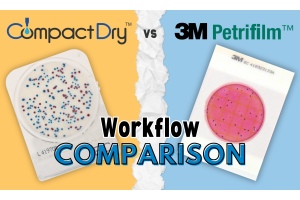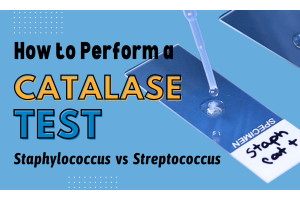Mycobacterium avium paratuberculosis: A little known, but dangerous bug!
Want to lower your risk of contracting a MAP-related malady? Here's how.
Emerging research is implicating Mycobacterium avium paratuberculosis (MAP) as the etiological cause of various diseases including inflammatory bowel disease, Crohn's disease, Type 1 diabetes, rheumatoid arthritis, Hashimoto’s thyroiditis, multiple sclerosis and autism.(8) This species of bacteria is a relative of M. tuberculosis and belongs to the Mycobacterium avium complex (MAC) which consists of four subspecies: avium, hominissuis, silvaticum, and paratuberculosis.
Due to the diseases that have become associated with this bacteria, it has us asking ourselves: “What measures can be taken to prevent a MAP infection?”
Cattle have long been identified as a main vector for MAP. The infection arises when calves younger than one year of age are exposed to MAP-contaminated manure or milk. In that first year of life, it is critical that the calves are quarantined in a clean, controlled area where they can be protected from exposure to infected adult cattle. Unfortunately, since MAP is not categorized as a zoonotic pathogen, regulations do not exist to enforce preventative measures like these at the farm level. Consequently, farmers generally turn a blind eye to the problem. Livestock MAP infections increased by 69% from 1996 to 2007, and dairy and meat products taken from grocery stores shelves were found to have MAP contamination that survived industrial pasteurization(1,2,3).
If boiling your milk and cooking your beef beyond a crisp well done are not agreeable precautions, you may turn your attention to your home water supply. MAP is not destroyed by the chlorine levels introduced by water treatment plants, so it can make its home in your water filtration system, your shower heads, and even your water heater. Preventive measures that you can take at home include changing your water filters regularly, sanitizing your shower heads in bleach, throwing your humidifier in the trash, and draining your water heater every two weeks. Flee outdoors to escape your plumbing, and you may inhale MAP from the soil in your garden (4). For this reason, the author recommends filling your watering can with concrete.
Perhaps a more practical preventive measure than staying away from water and soil can be found in probiotics. A 2008 study analyzed the impact of giving mice a 45 day supplement of Lactobacillus acidophilus before inoculating them with MAP. This research showed that the probiotic significantly increased the immune response to MAP in the mice (5).
Vaccination may also prove a powerful weapon in the war on MAP. In populations with high exposure to Mycobacterium tuberculosis, the BGC vaccine is administered to infants. Studies have suggested that this vaccine, developed from Mycobacterium bovis, may also protect children from diseases triggered by other mycobacteria including MAP. One study found that children who received a BCG vaccine within one month from birth were less susceptible to MAP infection and less likely to develop Type 1 Diabetes (6,7).
MAP is a formidable microbe that will not be easily defeated, so batten down the hatches and never apologize for demanding well-done steaks.
By Mark Andrew Pruett
Performance Studies Technician
Hardy Diagnostics








